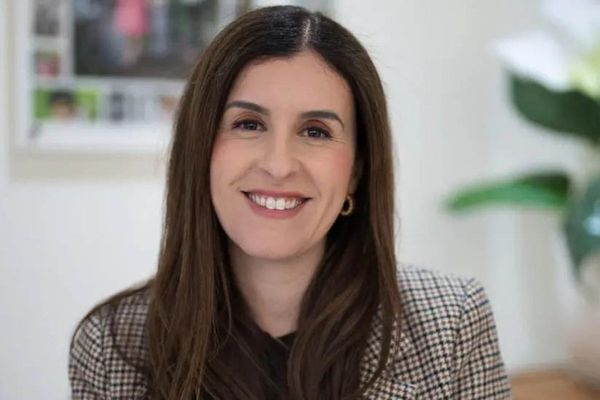
Alex tells Charlotte he is angry that “your people” are being incarcerated. He seems not to notice her quietly spoken response: “Why not just say people?” The two have just met in the Manhattan loft apartment of Black Lives Matter activist and student Alex’s art-collector parents. Charles and Virginia specialise in African American art, and art with a “racial theme”. As Virginia puts it, gesturing to examples on display around the sparkling dinner table and white sofas, the couple’s “commitment is on the walls” (in Debbie Duru’s set, the images are not shown but are suggested to the audience’s imagination by super-size, gallery-style descriptor panels). Charlotte is being introduced to the couple by their friend and art dealer, Eric, who hopes that they will invest in her work. When Charles, impressed by Charlotte’s “measured” demeanour, considers inviting her to join the board of his foundation, Eric responds: “That would solve the diversity issue.”
Claudia Rankine’s 2019 play of ideas, set during Trump’s presidency, presents a multifaceted exploration of the invisibility of whiteness, the root of racism in the US. (Rankine is an American poet and essayist as well as a playwright.) In Natalie Ibu’s sharp production, its relevance to the UK is highlighted during the entr’acte: scene-changers hold up mirrors, reflecting the audience back to itself.
Charles unexpectedly visits Charlotte in her studio a year later. Since the confrontations of the dinner party, the artist has shifted the focus of her work from “black suffering”, which unintentionally allowed the viewer “not to look at whiteness”. Now, she concentrates on making visible the construct of whiteness and white people’s “ordinary complicity” in racial violence. This table-turning horrifies Charles: “I am not that history!”
The play’s challenges to ways of seeing are powerfully presented by a strong ensemble cast, with special mention to Estella Daniels’s Charlotte and Matthew Pidgeon’s Charles. I recommend them and it.







